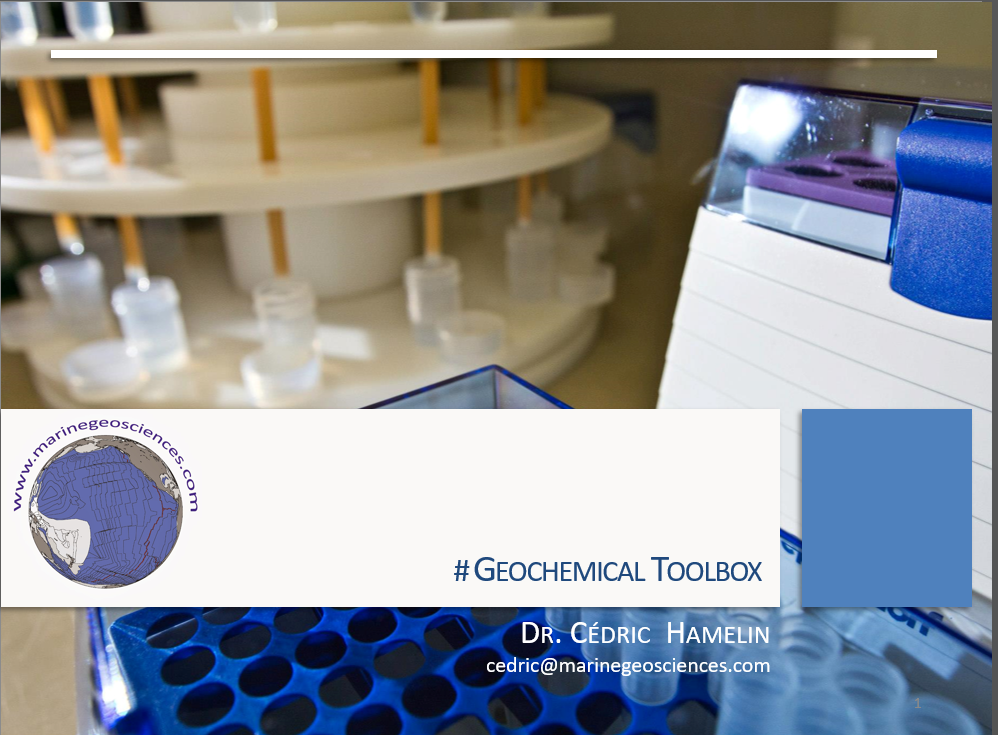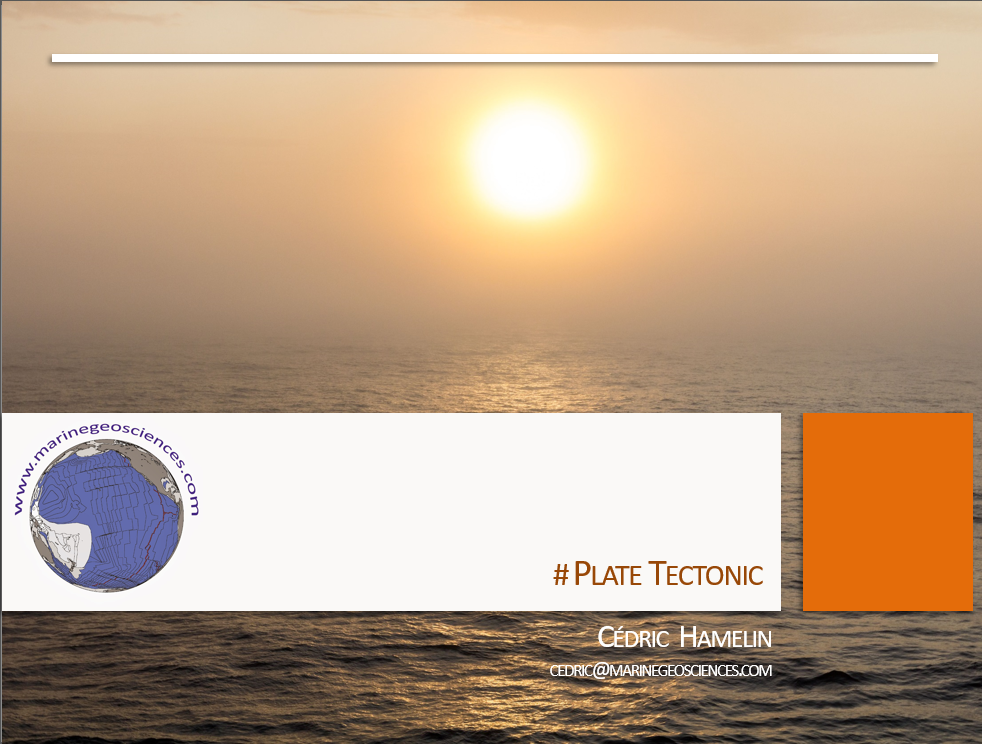|
Radiogenic Isotopes, Geochemical Toolbox.
Master level, semester long course (10 ECTS), Chapters:
Download full course pdf |
|
Plate Tectonic
Bachelor level, semester long course (10 ECTS), first part is an introduction to the Plate Tectonics, the second part is focused on the Geochemical Tools useful to trace plate tectonic processes. Chapters:
Download course in pdf: Part 1 - Part 2 |
Student Supervised
Marine Paquet (PhD candidate, IPGP)
Jocelyn Fuentes (PhD candidate, Harvard Uni.)
Thomas Husebø (master student, UiB)
Andreas Sæbø (master student, UiB)
Randi Storeide (master student, UiB)
Solveig Lie Onstad (master student, UiB)
Léa Grenet (PhD, UBO)
Jocelyn Fuentes (PhD candidate, Harvard Uni.)
Thomas Husebø (master student, UiB)
Andreas Sæbø (master student, UiB)
Randi Storeide (master student, UiB)
Solveig Lie Onstad (master student, UiB)
Léa Grenet (PhD, UBO)



